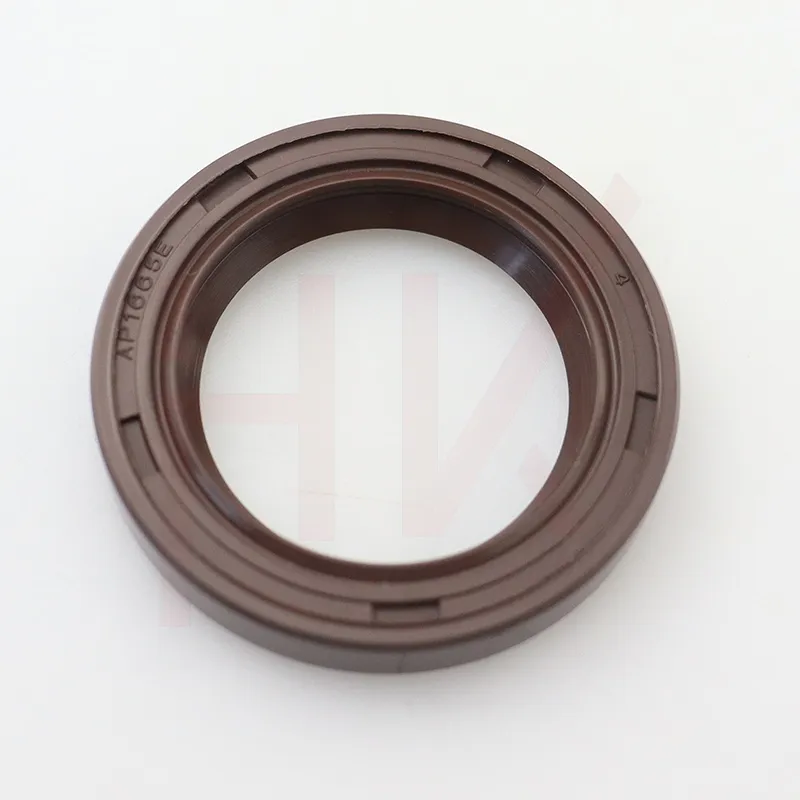Nov . 22, 2024 00:28 Back to list
cylinder oil seal
Understanding Cylinder Oil Seals A Comprehensive Overview
Cylinder oil seals play a crucial role in various machinery and engine components, ensuring efficient operation and longevity. Often referred to as lip seals or rotary shaft seals, these components are designed to prevent the leakage of lubricants and fluids while keeping contaminants out. Their importance cannot be overstated, as they are integral to the reliability and performance of engines, hydraulic systems, and other mechanical devices.
What is a Cylinder Oil Seal?
A cylinder oil seal is typically made of rubber, polyurethane, or other synthetic materials, chosen for their resilience against wear and temperature fluctuations. The seal consists of a cylindrical shape with a flexible lip that fits snugly against a rotating shaft or cylinder. This design allows the seal to maintain a tight barrier against liquids while accommodating the movement of the shaft.
Applications of Cylinder Oil Seals
These seals are widely used in numerous applications across different industries. In automotive engines, for instance, cylinder oil seals prevent engine oil from leaking out of the cylinder head or around the crankshaft. In hydraulic systems, they are utilized to ensure that hydraulic fluid remains contained, preventing performance degradation and potential system failure. Additionally, they are commonly found in pumps, gearboxes, and other rotating machinery.
Importance of Proper Sealing
The effectiveness of a cylinder oil seal is vital for several reasons
. First and foremost, it minimizes the risk of fluid leakage, which can lead to reduced lubrication, increased friction, and, ultimately, premature wear of machinery parts. Additionally, effective sealing prevents contaminants such as dirt and moisture from entering the system, which can cause damage and corrosion over time.cylinder oil seal

Improper sealing can lead to significant costs in terms of maintenance and repairs, as well as downtime due to equipment failure. Therefore, selecting the right oil seal for a specific application is essential. Factors such as operating temperature, pressure, and the type of fluids involved must be considered when choosing a seal.
Signs of a Failing Oil Seal
Recognizing the signs of a failing cylinder oil seal can save time and money. Common indicators include visible leaks of oil or fluid around the seal, a noticeable drop in lubricant levels, or unusual noises from machinery due to inadequate lubrication. If any of these symptoms occur, it is imperative to inspect the oil seal and replace it if necessary.
Maintenance and Replacement
Routine maintenance plays a significant role in extending the life of cylinder oil seals. Regularly checking for wear, ensuring that the sealing surfaces are clean and free of damage, and monitoring fluid levels can help in identifying potential issues before they escalate. When replacing a cylinder oil seal, it is essential to use the correct specifications and types to ensure optimal performance and reliability.
Conclusion
In conclusion, cylinder oil seals are vital components in the realm of mechanical engineering, playing an essential role in the efficient operation of engines and machinery. Understanding their function, applications, and maintenance principles is crucial for anyone involved in engineering, manufacturing, or automotive services. By recognizing the importance of cylinder oil seals, we can ensure the longevity and reliability of our machines, ultimately leading to safer and more efficient operations.
-
TCN Oil Seal Metal Ring Reinforcement for Heavy Machinery
NewsJul.25,2025
-
Rotary Lip Seal Spring-Loaded Design for High-Speed Applications
NewsJul.25,2025
-
Hydraulic Cylinder Seals Polyurethane Material for High-Impact Jobs
NewsJul.25,2025
-
High Pressure Oil Seal Polyurethane Coating Wear Resistance
NewsJul.25,2025
-
Dust Proof Seal Double Lip Design for Construction Equipment
NewsJul.25,2025
-
Hub Seal Polyurethane Wear Resistance in Agricultural Vehicles
NewsJul.25,2025
-
The Trans-formative Journey of Wheel Hub Oil Seals
NewsJun.06,2025
Products categories
















